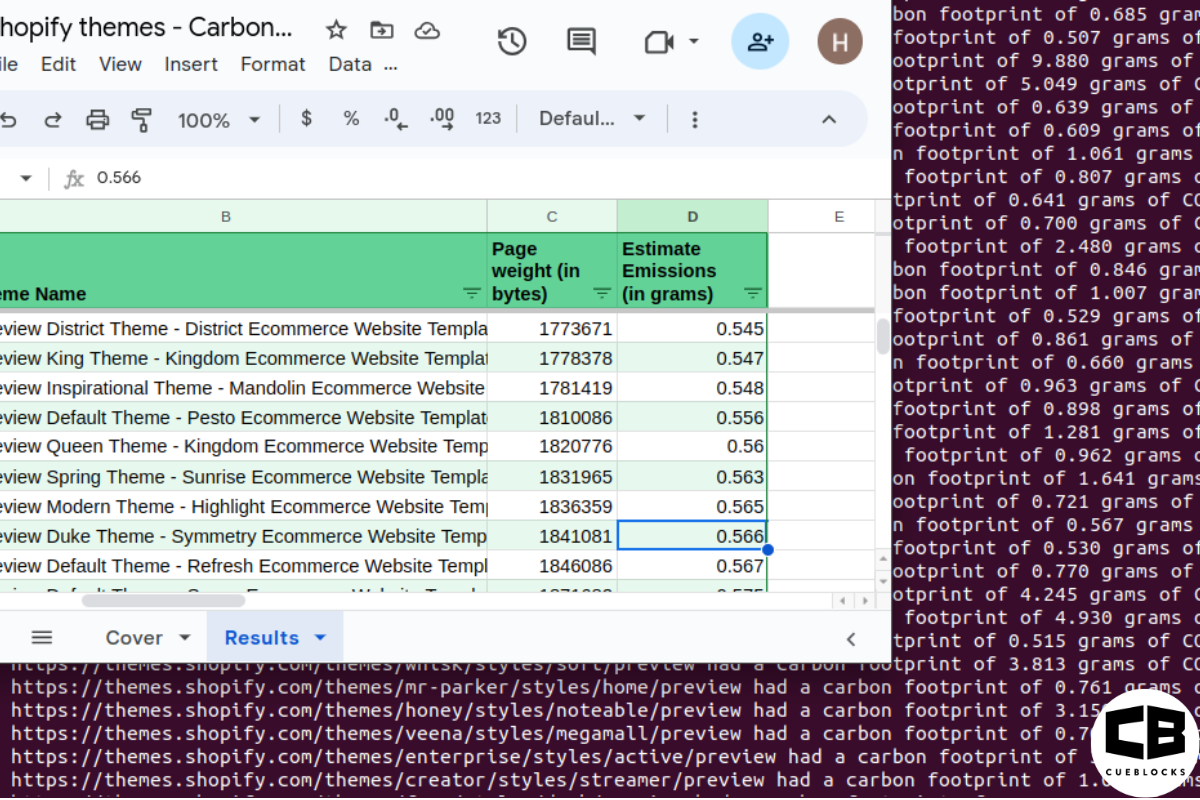
Google's Guide to Search Engine Optimization (SEO)
Google comes up with this useful compact guide that lists some of of the best practices that could benefit a website by improving site’s crawlability and indexing. Working on following areas of your website can bring about a tremendous change and improve the crawling and indexing stats.
Following is the summary of Google’s Guide to Search Engine Optimization (SEO).
1. Search engine optimization is often about making small modifications to parts of the website and SEO affects only organic search results, not paid or “sponsored” results.
2. Create unique, accurate page titles.
Good practices for page title tags:
(a) Accurately describe the page’s content
(b) Create unique title tags for each page
(c) Use brief, explanatory titles
3. Make use of the “description” meta tag
Good practices for description meta tags:
(a) Accurately summarize the page’s content
(b) Use unique descriptions for each page
4. Improve the structure of your URLs.
Good practices for URL structure:
(a) Use words in URLs
(b) Create a simple directory structure
(c) Provide one version of a URL to reach a document
5. Make your site easier to navigate.
Good practices for site navigation:
(a) Create a naturally flowing hierarchy
(b) Use mostly text for navigation
(c) Use “breadcrumb” navigation
(d) Put an HTML sitemap page on your site, and use an XML Sitemap file
(e) Consider what happens when a user removes part of your URL
(f) Have a useful 404 page
6. Offer quality content and services.
Good practices for content:
(a) Write easy-to-read text
(b) Stay organized around the topic
(c) Use relevant language
(d) Create fresh, unique content
(e) Offer exclusive content or services
(d) Create content primarily for your users, not search engines
7. Write better anchor text.
Good practices for anchor text:
(a) Choose descriptive text
(b) Write concise text
(c) Format links so they’re easy to spot
(d) Think about anchor text for internal links too
8. Use heading tags appropriately
Good practices for heading tags:
(a) Imagine you’re writing an outline
(b) Use headings sparingly across the page
9. Optimize your use of images
Good practices for images:
(a) Use brief, but descriptive filenames and alt text
(b) Supply alt text when using images as links
(c) Store images in a directory of their own
(d) Use commonly supported filetypes
10. Make effective use of robots.txt
Good practices for robots.txt:
(a) Use more secure methods for sensitive content
11. Be aware of rel=”nofollow” for links
12. Promote your website in the right ways
Good practices for promoting your website:
(a) Blog about new content or services
(b) Don’t forget about offline promotion
(c) Know about social media sites
(d) Add your business to Google’s Local Business Center
(e) Reach out to those in your site’s related community
13. Make use of free webmaster tools
14. Take advantage of web analytics services
Google also offers helpful resources for the webmasters with its help forum, central blog, tools , guidelines etc. Check out the complete Google’s SEO Starter Guide.
- About the Author
- Latest Posts
-
Evaluating the Carbon Emissions of Shopify Themes
by Harleen Sandhu
Committing to green claims as a business is a huge promise to deliver on. For ecommerce stores, Shopify is leading …
Continue reading “Evaluating the Carbon Emissions of Shopify Themes”
-
Dark Mode: Accessibility vs Sustainable Web Design
by BalbirIntroduction Dark mode, a feature that lets users switch the color scheme of an app or website to darker colors, …
Continue reading “Dark Mode: Accessibility vs Sustainable Web Design”
-
Discover Essential Sustainable Marketing Principles and Strategies for Ethical Business Growth
by Pancham Prashar
Given the major issues that our world is currently facing, such as pollution and climate change, sustainability becomes an inevitable …
-
Show, Don’t Tell: Demonstrating Transparency in Your eCommerce Store
by Pancham PrasharFor an eCommerce brand committed to good, success goes beyond creating excellent products; it extends to effectively communicating your values …
Continue reading “Show, Don’t Tell: Demonstrating Transparency in Your eCommerce Store”
-
How to Market Sustainable Products Effectively
by Nida Danish
In today’s market, sustainability has evolved from a passing trend to a pivotal consideration for both consumers and businesses. Globally, …
Continue reading “How to Market Sustainable Products Effectively”
-
Decoding B Corp Marketing Challenges: Strategies for Success
by Nida DanishToday, businesses place high importance on sustainability and ethical practices. For B2B and e-commerce leaders, being a certified B Corp. …
Continue reading “Decoding B Corp Marketing Challenges: Strategies for Success”




